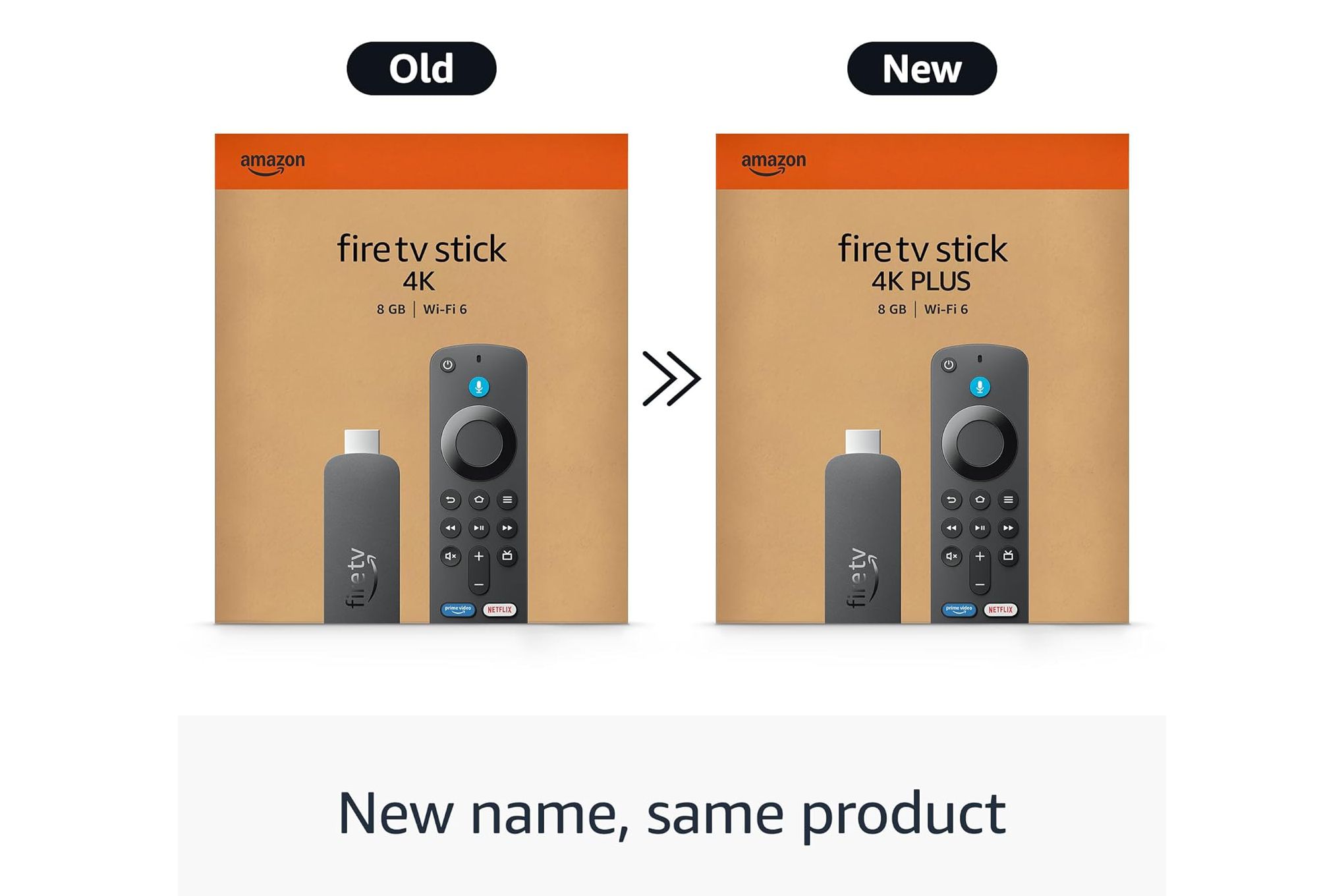Amazon just made its streaming device lineup even more confusing. The company quietly rebranded its Fire TV Stick 4K as the 'Fire TV Stick 4K Plus' - same exact hardware, just new packaging. This cosmetic change does nothing to solve Amazon's real problem: three nearly identical 4K streaming sticks all priced within $10 of each other, creating a bewildering shopping experience for consumers.
Amazon just pulled a classic tech move that'll make your head spin. The e-commerce giant quietly rebranded its Fire TV Stick 4K as the 'Fire TV Stick 4K Plus' - and that's literally the only change. Same processor, same RAM, same remote, just different packaging sitting on store shelves.
The rebrand comes after Amazon launched the $39.99 Fire TV Stick 4K Select earlier this year, which The Verge reports prompted the company to 'clarify' where the original 4K model sat in the lineup. But instead of fixing the real problem, Amazon just shuffled the deck chairs on the Titanic.
Here's the mess consumers now face: Amazon sells three 4K-capable streaming sticks within a $10 price range. The Fire TV Stick 4K Select at $39.99, the newly christened Fire TV Stick 4K Plus, and the Fire TV Stick 4K Max. Without doing homework, shoppers have no clue which 'Plus' or 'Select' or 'Max' actually means in terms of performance.
The technical differences are minimal but meaningful. The 4K Select includes half the RAM of both the 4K Plus and 4K Max, which translates to slower menu navigation and app loading times. That's a significant performance hit for a mere $5-10 savings, especially when Amazon frequently discounts the higher-end models throughout the year.
Right now, savvy shoppers can grab the superior Fire TV Stick 4K Max for $34.99 with a coupon code - making it cheaper than the supposedly 'budget' 4K Select model. That pricing reality exposes the fundamental flaw in Amazon's strategy: why would anyone buy the gimped version when the flagship model costs less?
The streaming device market has become increasingly crowded, with Roku, Google, and Apple all competing for living room real estate. Amazon's confusing naming scheme doesn't help it stand out - it just adds friction to the buying process.
Industry observers note that successful tech product lineups typically follow clear hierarchies. Apple's iPhone numbering, Samsung's Galaxy S series, even Roku's numerical system all telegraph performance tiers instantly. Amazon's approach requires consumers to decode marketing speak like 'Select' versus 'Plus' versus 'Max.'












